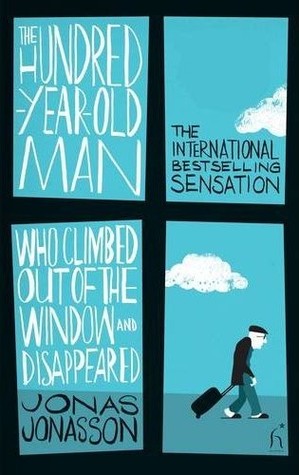Death at Intervals has an amazingly interesting plot line. There are three distinct sections of the narrative. In the first section we learn that in a unnamed country death no longer exists. This is initially met with celebration and festivity (yay, everyone can live forever!), but is soon regarded as a curse. Since nobody dies, the concept of religion becomes obsolete, the amount of elderly people increases, and undertakers face bankruptcy. I don't think I fully realised how crucial death is for society until I read this book. So many societal issues arise if nobody dies.
In the second section death has returned and is personified as female. She sends letters to people who are going to die, and in doing so gives them one week to sort out their affairs like saying goodbye to family and friends, writing a will, and settling accounts. This is not a good thing, however, because people who receive their 'death' letter begin to panic. It's kind of horrible to know that you only have one week to live I guess.
In the last section something strange happens (well the whole novel is a little strange so I don't know this section fits on the 'strange scale' if there is one). Death becomes obsessed with a cello player who is unable to die. She sends him numerous 'death' letters but they are constantly returned. So, she decides to take a human female form (up to this point she is a skeleton) and investigates this phenomenon. She quickly becomes infatuated with the cello player and chooses to stay with him. The next day, nobody dies...
Not only was the novel inventive and intriguing, but Saramago also has a unique way with words. He writes in a witty and clever way which is sometimes downright hilarious.
Here are some of my favourite bits:
- "One can never be too careful with words, they change their minds just as people do."
- "...death, by herself and alone, with no external help, has always killed far less than mankind has."
- "Due to some strange optical phenomenon, real or virtual, death seems much smaller now, as if her bones had shrunk, or perhaps she was always like that, and it's our eyes, wide with fear, that make her look like a giant."

